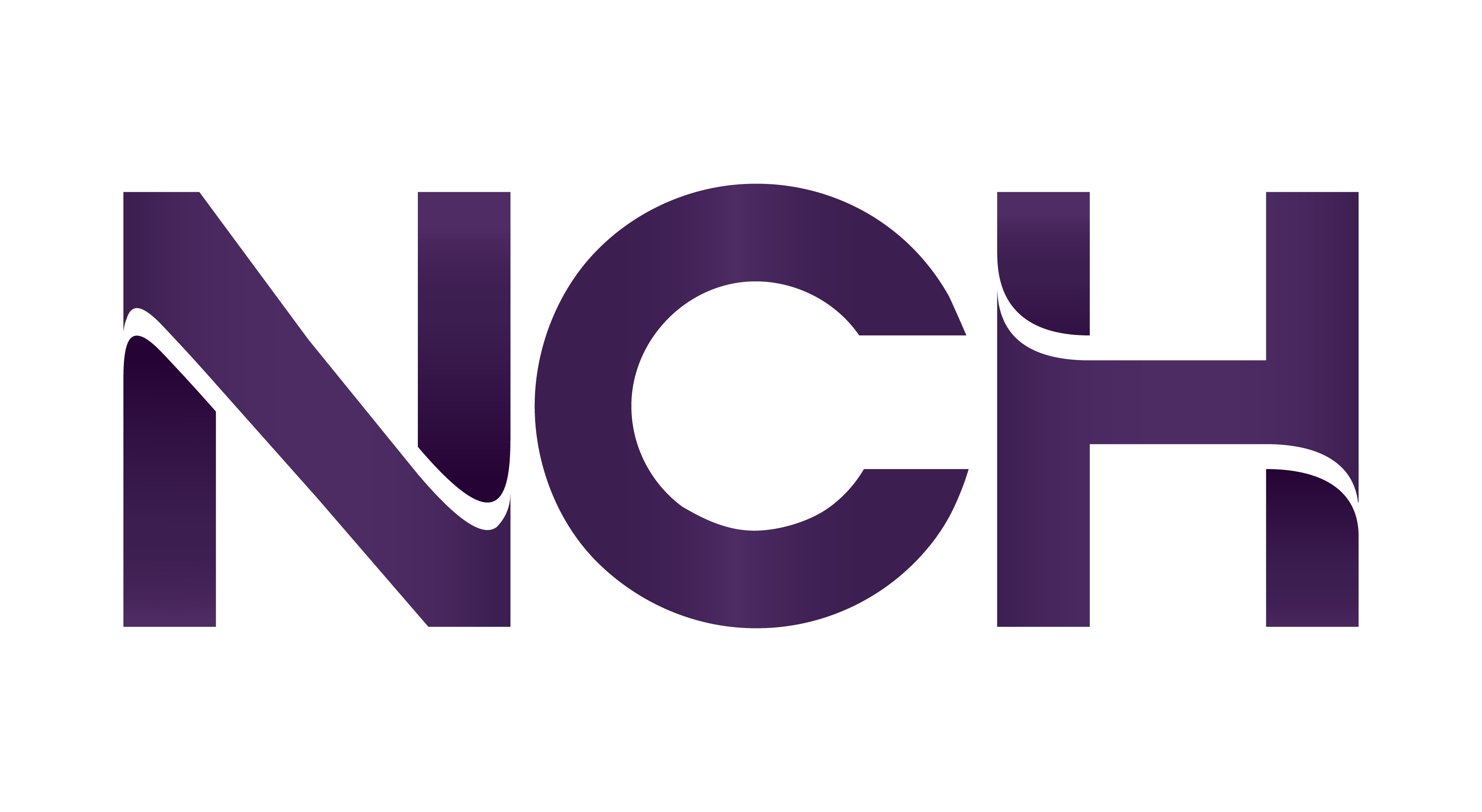Title Page
-
Conducted on
-
Audited by
-
Location
Untitled Page
-
Employee Name:
-
Job Category:
Exit Site Care and Dressing Change
-
Identifies patient following medical center policy
-
Prepares patient – explain procedure as applicable, applies face mask, ensure lines procedure. Provides patient privacy
-
Performs hand hygiene
-
Wears appropriate personal protective equipment – gown, mask, bouffant cap, gloves
-
Cleans and disinfects bedside table using disinfecting wipes
-
Opens sterile drape on clean bedside table
-
Opens and arrange supplies on sterile drape
-
Performs hand hygiene
-
Puts on clean gloves
-
Removes old dressing gently starting at the distal end of the catheter towards the exit site over the dressing to check for tenderness
-
Places sterile drape under catheter limbs/ports
-
Removes gloves
-
Performs hand hygiene
-
Puts on clean gloves
-
Assesses exit site and catheter - for bleeding, drainage, redness and edema, warranted, use sterile gloves and palpate the exit site and surrounding areas (tunneling) to check for tenderness.
-
Applies CHG swab back & forth using friction and allows to dry. If CHG contraindicated, use povidone iodine swabs applied in circular motion from insertion site outwards, and allow to dry. <br>DO NOT wipe off, blow, or fan to speed up drying skin. <br>DO NOT touch exit site after skin antisepsis.
-
Removes gloves
-
Performs hand hygiene
-
Puts on sterile gloves
-
Applies CHG-impregnated patch over the exit site correctly
-
Covers the exit site with transparent occlusive dressing correctly
-
Writes date and initials on the adhesive dressing
-
Discards used supplies in the appropriate waste containers
-
Removes gloves
-
Performs hand hygiene
Connection to bloodlines
-
Wears appropriate personal protective equipment – gown, mask, bouffant cap, gloves
-
Cleans and disinfects bedside table using disinfecting wipes
-
Opens sterile drape on clean bedside table
-
Opens and arrange supplies on sterile drape
-
Performs hand hygiene
-
Puts on clean gloves
-
Removes dressing from the catheter limbs and ports
-
Places sterile drape under catheter limbs and ports
-
Removes gloves
-
Performs hand hygiene
-
Puts on clean gloves
-
Scrubs the catheter limbs including the clamps with 70% alcohol or CHG swab using friction and allow to dry
-
Removes alcohol impregnated caps (Curos/Swabcaps)
-
Scrubs the needleless connector/ports with 70% alcohol or CHG swab using friction and allow to dry
-
Attaches 10 mL syringe to each port and aspirate about 3 - 5 mL from each catheter port then discard
-
Scrubs the needleless connector/ports with 70% alcohol or CHG swab using friction and allow to dry
-
Attaches NS 10mL syringe to each needleless connector/ports and flush using “push-pull” method to check for patency, noting ease of flow or resistance
-
Scrubs the needleless connector/ports with 70% alcohol or CHG swab using friction and allow to dry
-
Connects bloodlines to needleless connector/ports aseptically
-
Starts dialysis and ensure catheter connection to bloodlines is visible at all times treatment
-
Discards used supplies in the appropriate waste containers
-
Removes gloves
-
Performs hand hygiene
Disconnection from bloodlines
-
Wears appropriate personal protective equipment – gown, mask, bouffant cap, gloves
-
Cleans and disinfects bedside table using disinfecting wipes
-
Opens sterile drape on clean bedside table
-
Opens and arrange supplies on sterile drape
-
Performs hand hygiene
-
Puts on clean gloves
-
Places sterile drape under the catheter limbs
-
Scrubs the catheter limbs including the clamps with 70% alcohol or CHG swab using friction and allow to dry
-
Scrubs the needleless connector/ports with 70% alcohol or CHG swab using friction and allow to dry. *When needleless connector is due to be changed: Uses sterile gloves to prime new needleless connectors with saline, leaving syringe attached Scrubs the connection between the needleless connector and catheter port with 70% alcohol or CHG swab using friction & allow to dry Removes old needleless connector & quickly replaces with new, primed, needleless connector
-
Attaches NS 10mL syringe & flush both catheter ports. *May use locking solution (e.g. heparin, t-PA, etc) following physician order
-
Discards 10 mL syringe
-
Scrubs the needleless connector/ports with 70% alcohol or CHG swab using friction and allow to dry
-
Covers needleless connector with alcohol impregnated caps
-
Wraps catheter limbs with gauze and secure with transparent occlusive dressing
-
Writes date and initials on the dressing
-
Removes gloves
-
Performs hand hygiene
-
Discards used supplies in the appropriate waste containers
-
Document assessment, exit site and catheter care in the appropriate section of the medical record
CRITICAL THINKING
-
Demonstrates/verbalizes importance of maintaining aseptic technique throughout the procedure
-
Verbalizes actions to take when signs and symptoms of vascular access are noted







